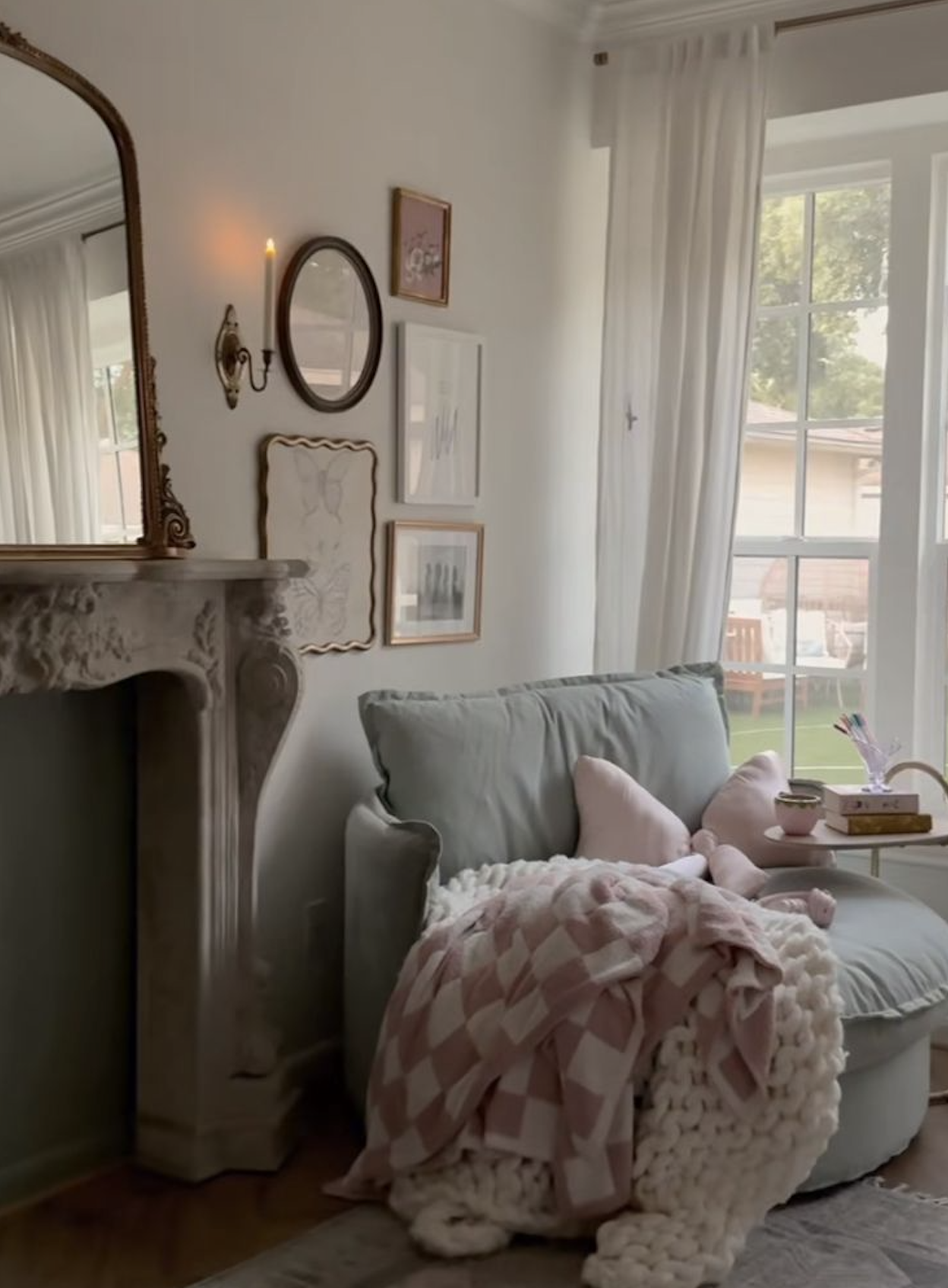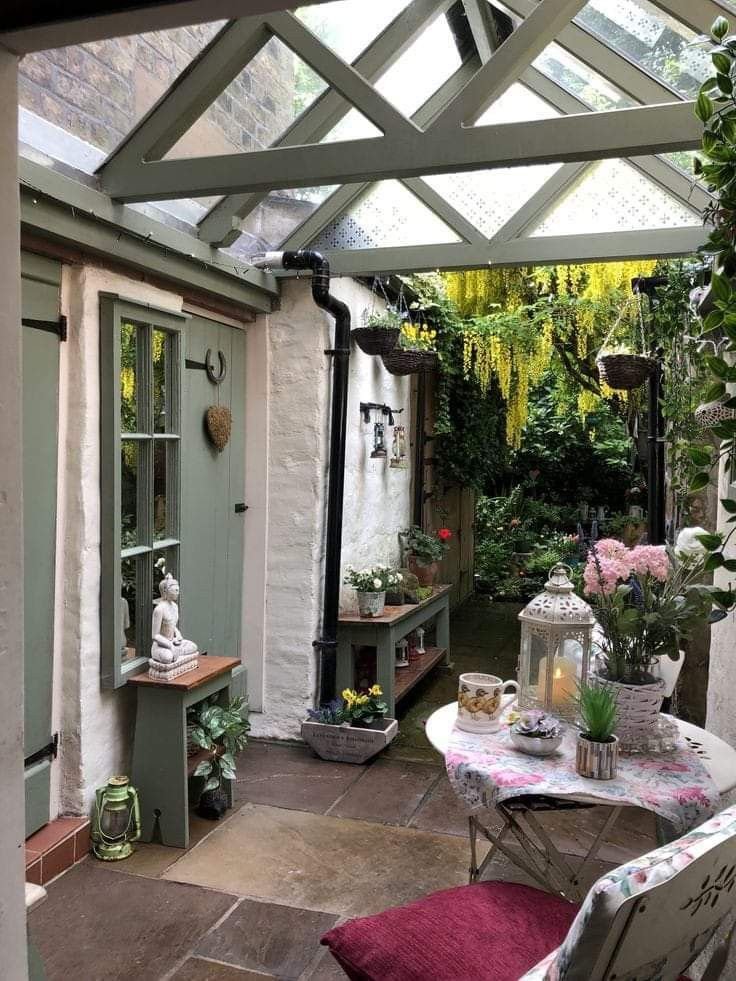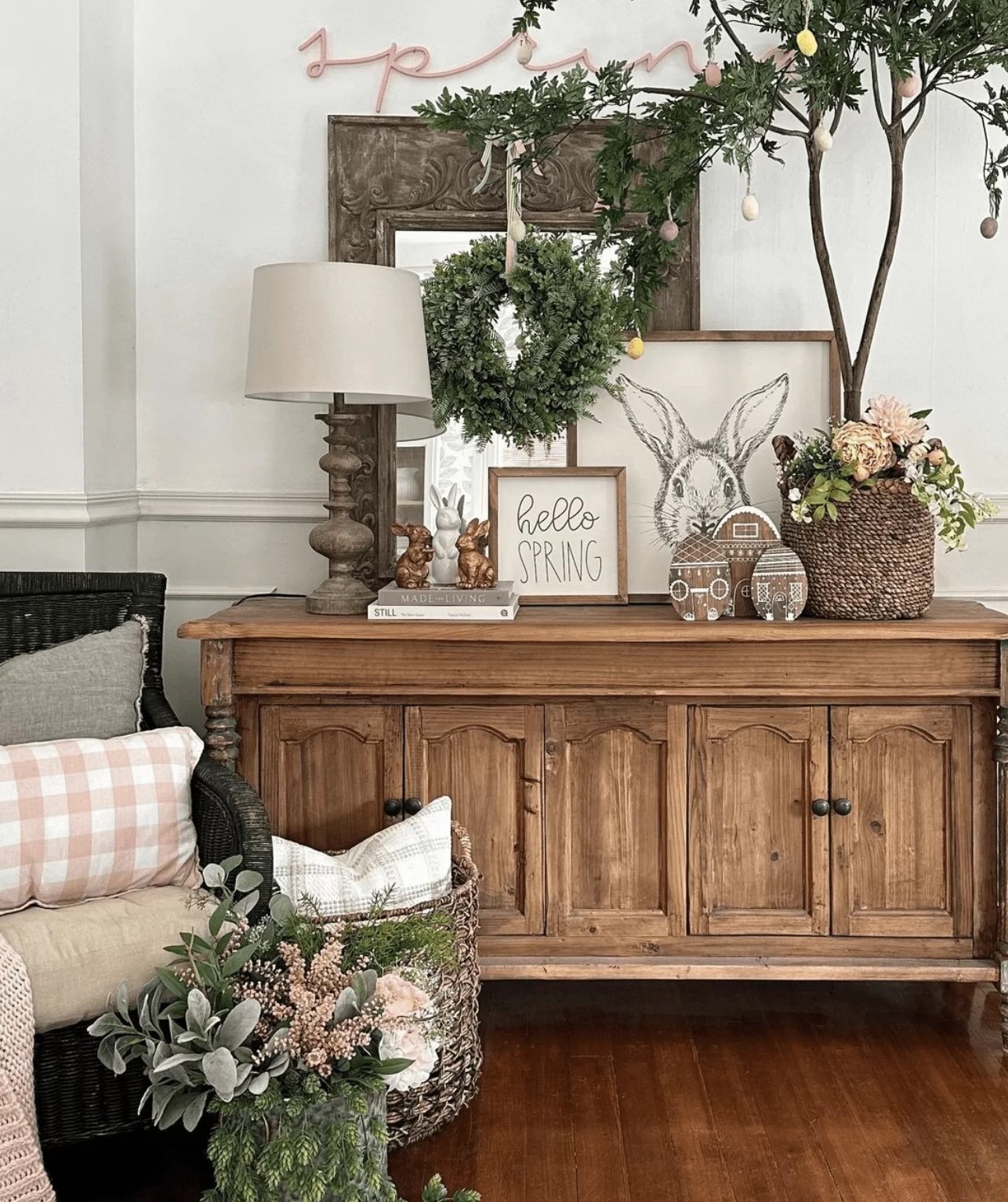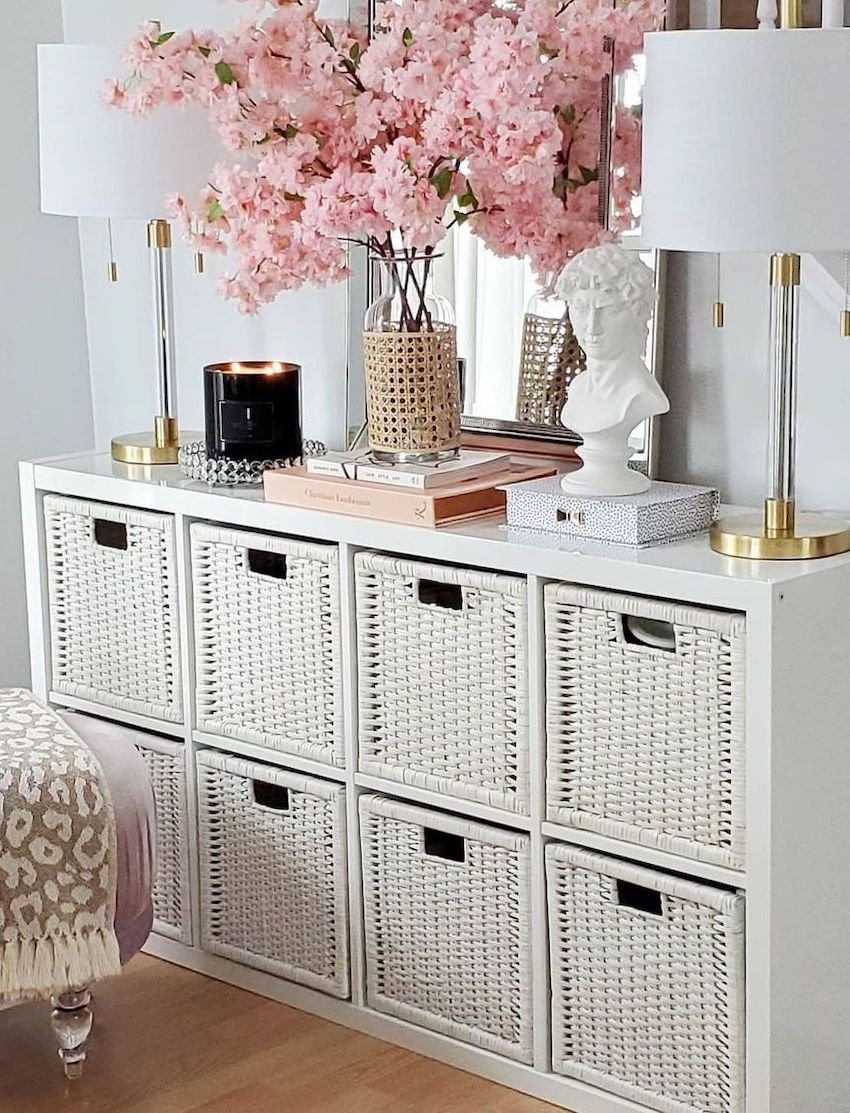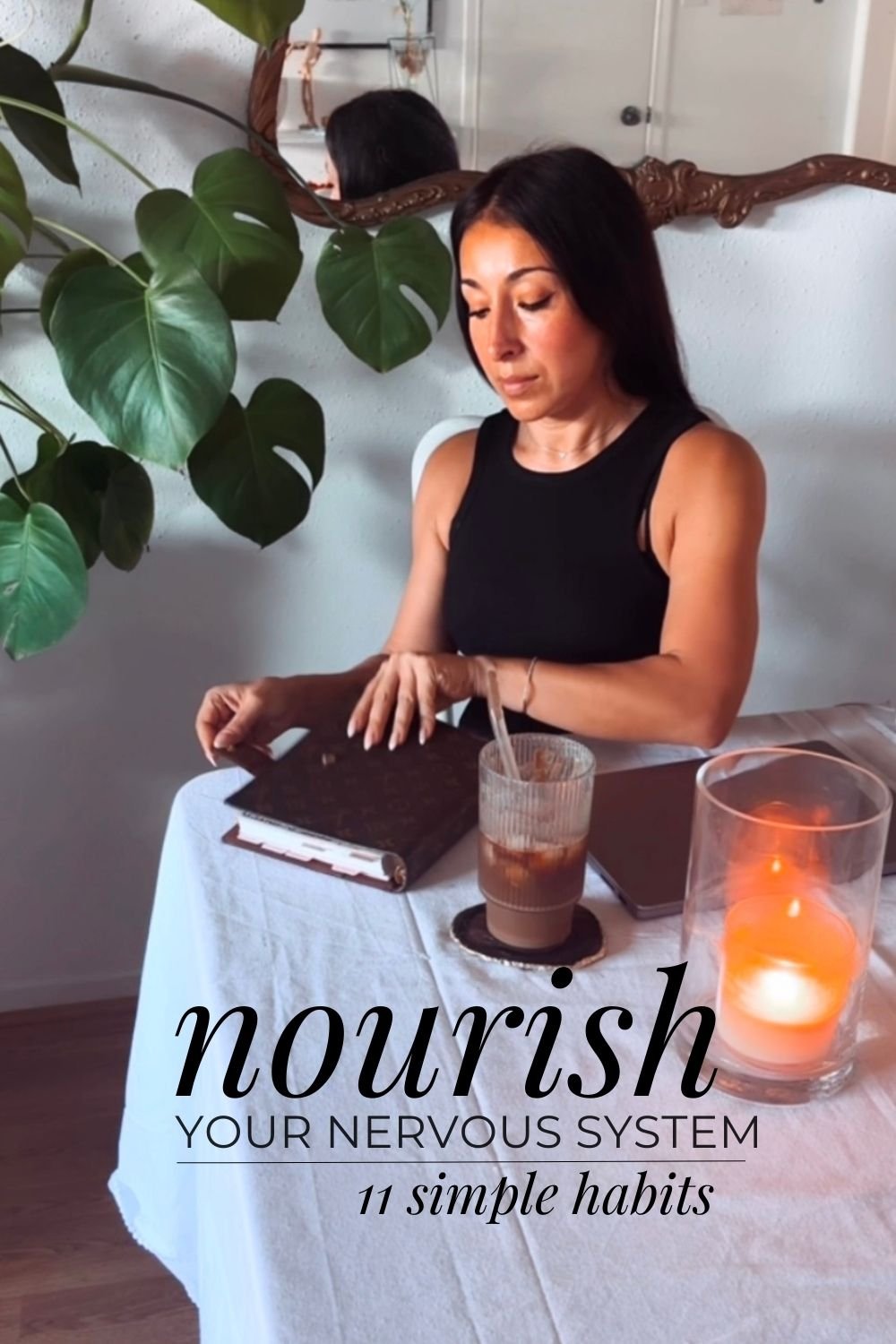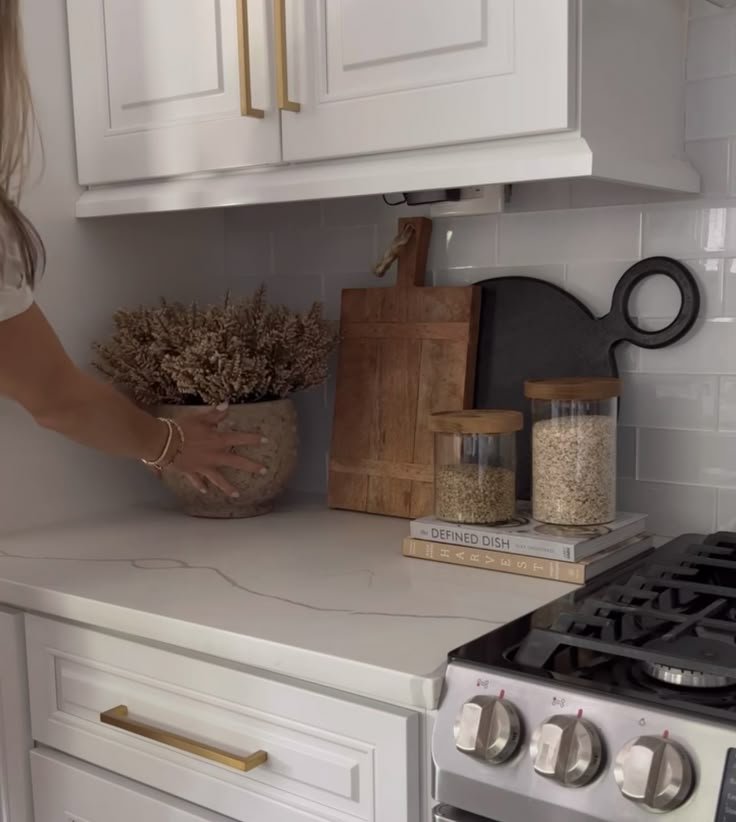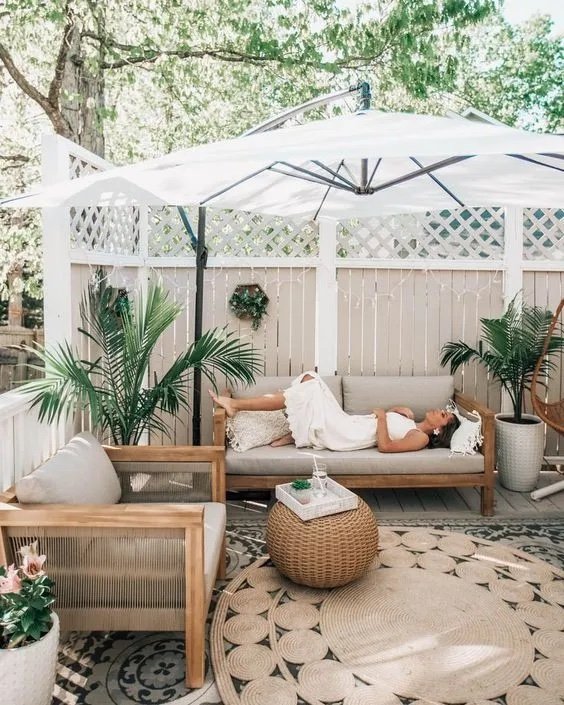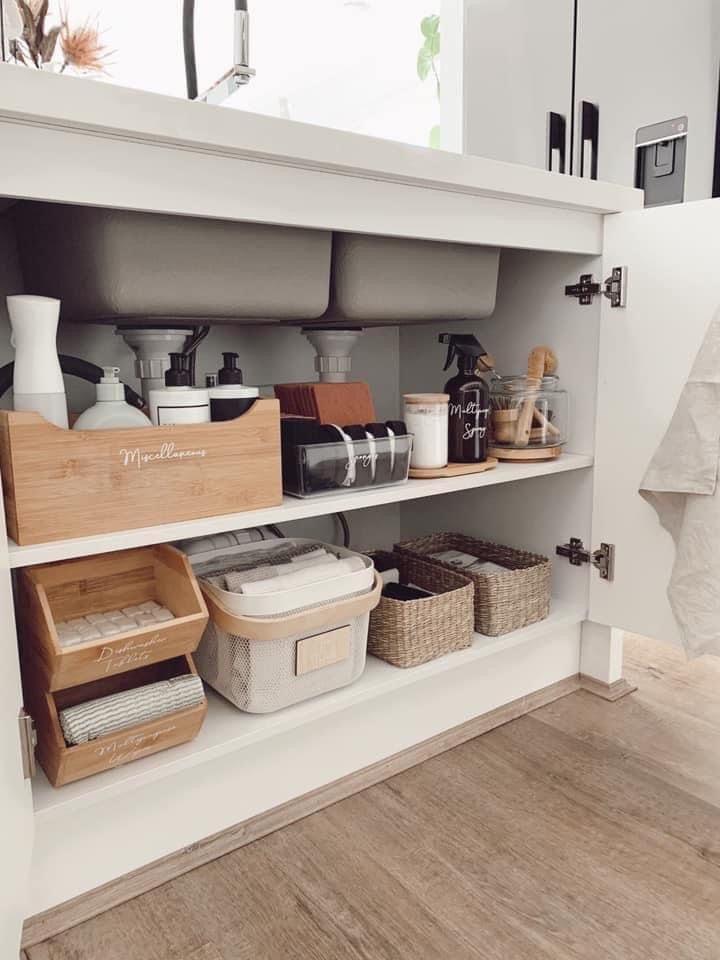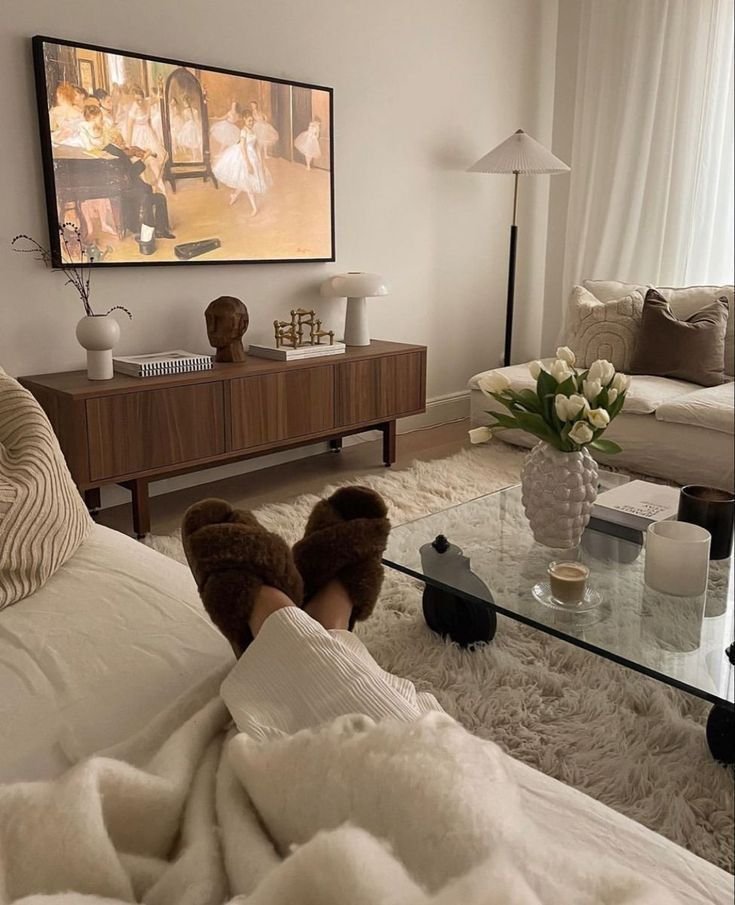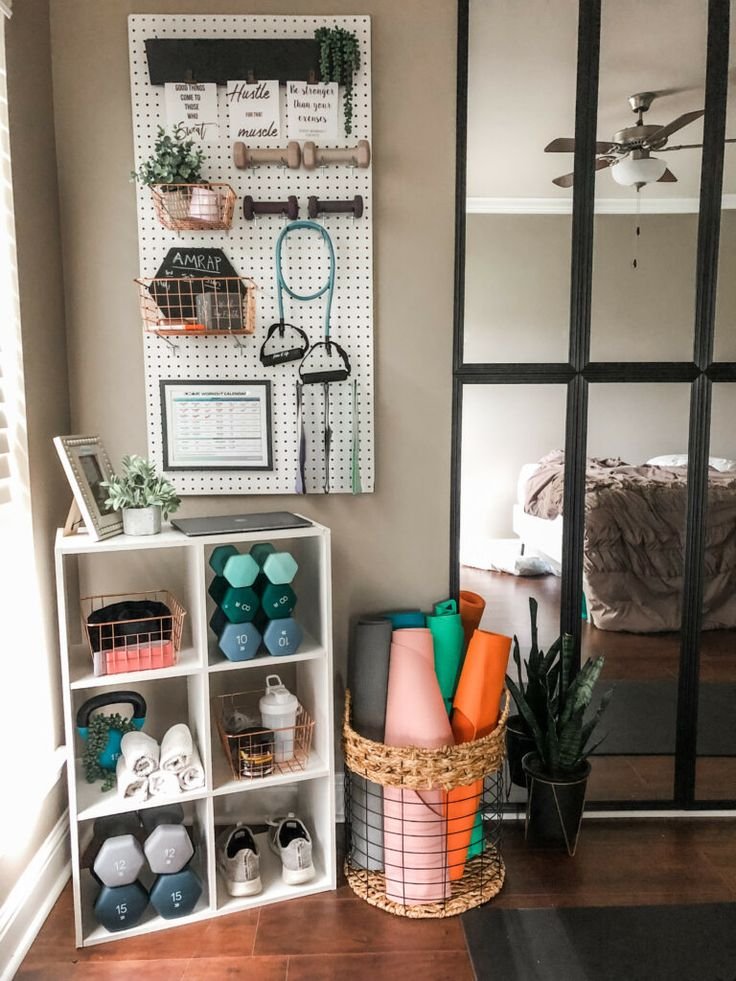How to Design a Home That Calms Your Nervous System
There is nothing I believe in more than having a High Vibe Home. Our home sets the backdrop of the life we are creating and if our home doesn’t make us feel safe and supported, it could be the culprit of why we aren’t creating the life we want and able to easily manifest our dreams.
Your home is more than just a place to live—it’s an extension of your well-being. The spaces you surround yourself with can either elevate your sense of peace or contribute to stress and overstimulation.
If you’ve ever walked into a space and immediately felt more relaxed, that’s no accident. Thoughtfully designed environments can calm your nervous system, reducing stress and fostering a sense of security and safety.
In order for our mind and body to function optimally and be creator of the life we dream of living, it is a requirement to feel a sense of safety and security at the deepest level. Our home environment plays a vital role in keeping us in a feeling state that supports us or hinders our growth and success.
This concept is deeply rooted in neuroaesthetics, biophilic design, and holistic home design.
Neuroaesthetics explores how visual elements in your home, such as colors, textures, and symmetry, affect brain function and emotional well-being.
Biophilic design integrates nature into living spaces, leveraging the calming effects of natural materials, plants, and organic shapes to create a sense of grounding.
Holistic home design takes a whole-person approach, ensuring that everything in your environment—light, air quality, sounds, and decor—works in harmony to support both physical and mental health.
The Importance of a Regulated Nervous System
A well-regulated nervous system is essential for overall health, affecting everything from mood and sleep quality to digestion and immune function. When the nervous system is in balance, the body can properly rest, heal, and manage stress.
However, a chaotic, cluttered, or overstimulating home environment can contribute to dysregulation, triggering anxiety, restlessness, and even chronic stress responses. Noise pollution, harsh lighting, excessive clutter, and artificial materials can put the nervous system into a constant state of alertness, making it harder to relax.
By designing a home that supports nervous system regulation, you create an environment where your body and mind can truly unwind, leading to better sleep, improved focus, enhanced emotional well-being, and an overall sense of inner peace.
By understanding and implementing these principles, you can create a home that soothes and supports your nervous system.
Related Reading: How to plan an affordable wellness retreat at home
12 Holistic Tips to Cultivate a Home That Calms Your Nervous System
1. Use Calming Colors
Color psychology plays a major role in how we feel. Soft, neutral shades like warm whites, muted blues, sage greens, and earthy tones can help lower cortisol levels and create a sense of serenity. Avoid overly bright or bold colors in areas meant for rest and relaxation.
2. Declutter for Mental Clarity
A cluttered space often leads to a cluttered mind. Clutter overstimulates the brain, making it harder to relax. Adopting a minimal yet cozy aesthetic—where everything has its place—can help create an environment that feels safe and controlled, reducing mental overwhelm.
One of the best ways to start with this is to create cleared off surfaces, such as a clear coffee table, kitchen counter or desk.
3. Incorporate Natural Elements
Biophilic design, or incorporating nature into your home, has been shown to reduce stress and anxiety.
Houseplants, wooden furniture, stone accents, and natural fibers create a connection to the earth, signaling safety and relaxation to your nervous system.
Related Reading: 5 best plants to attract wealth according to Feng Shui
4. Balance Lighting for Circadian Rhythms
Harsh overhead lighting can be jarring, while warm, soft lighting mimics natural daylight and supports your body’s circadian rhythm. Use dimmable lamps, candles, and warm LED bulbs in the evening to help your body transition into a restful state.
Natural light during the day is also crucial for boosting mood and regulating sleep.
Holistic living tip: Open up the blinds and windows upon waking up to let in the natural sunlight into your space.
5. Create Cozy & Inviting Textures
Your sense of touch is directly linked to your nervous system. Soft, inviting textures like plush blankets, linen sheets, and cushioned rugs create a feeling of safety and comfort. Prioritize high-quality, natural fabrics like wool, cotton, and cashmere for a more grounding effect.
Hot tip: Linen has a vibrational frequency of 5,000 hz. Which is one of the highest frequencies among natural textiles. I have this washed linen cotton duvet set on my bed and I love it. And also these linen sheets. You will literally help heal your body while you sleep.
6. Introduce Relaxing Scents
Aromatherapy can have a profound impact on your nervous system. Essential oils like lavender, chamomile, and sandalwood have calming properties, while fresh eucalyptus or citrus scents can be up-lifting. Use a diffuser, scented candles, or dried herbs to create a sensory experience that supports relaxation.
7. Curate a Calming Soundscape
Noise pollution can be overstimulating to the nervous system. Soothing soundscapes—like nature sounds, instrumental music, or white noise—help drown out distractions and promote relaxation. A small indoor water fountain or soft background music can create an auditory sanctuary.
8. Designate Restful Spaces
Having specific areas for relaxation (a reading nook, meditation corner, or cozy lounge area) signals to your brain that it’s time to slow down. Keep these spaces free from work-related items and electronics to create a true oasis of peace.
9. Limit Digital Overload
Excessive screen time and blue light exposure overstimulate the brain and interfere with relaxation. Creating tech-free zones in your bedroom or living areas encourages more mindful living. Opt for analog alternatives like books, journals, or soft candlelight to wind down in the evening.
10. Arrange Furniture for Flow & Comfort
The layout of your home can influence how safe and comfortable you feel. Avoid blocking natural walkways, and arrange furniture in a way that promotes conversation and relaxation.
Feng shui principles suggest keeping your bed and seating areas positioned so you can see the door, which fosters a subconscious sense of security.
Related Reading: My signature Feng Shui rituals
11. Embrace the Power of Rituals
Your home can be a place where daily rituals support your well-being. Whether it’s a morning cup of tea in your cozy nook, an evening bath ritual with essential oils, or a few moments of deep breathing before bed, rituals create consistency and a sense of safety for your nervous system.
12. KEEP YOUR HOME CLEAN.
Dust, dirt, and clutter can contribute to sensory overload and even impact air quality, leading to stress and discomfort. Regular cleaning, fresh linens, and well-maintained spaces create a sense of order and calm, making it easier for your mind and body to relax.
Prioritizing fresh air flow and natural ventilation is also important! It reinforces the importance of air quality in creating a calming home environment. I have never slept better than when I started using my air purifier, it’s a game changer.
Final Thoughts
Your home should be a sanctuary—a place that supports and restores you. By intentionally designing your space to align with what soothes your nervous system, you create an environment where you can truly unwind and recharge. Small changes, like adjusting lighting, reducing clutter, and incorporating natural elements, can have profound effects on your overall well-being.
Take a moment to assess your home: What small shifts can you make today to create a more calming and nurturing space?










